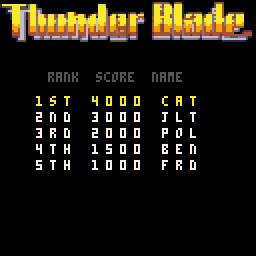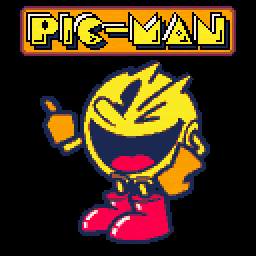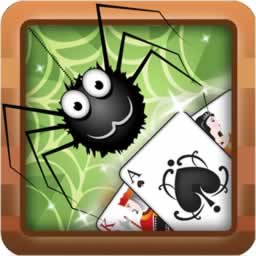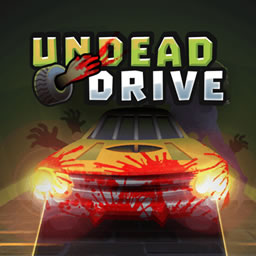Thunder Blade (well level 1 at least...)
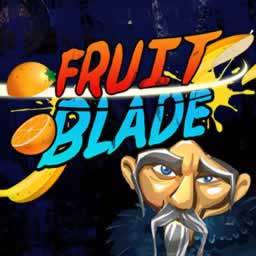 Fruit Blade
Fruit Blade
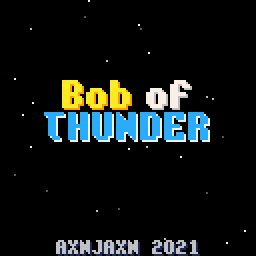 Bob of Thunder
Bob of Thunder
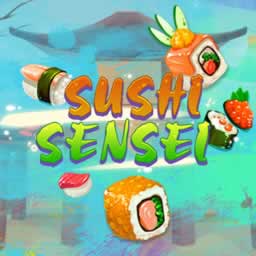 Sushi Sensei
Sushi Sensei
 Thunder
Thunder
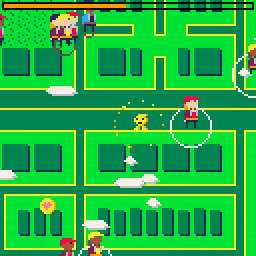 Poke the Mongo
Poke the Mongo
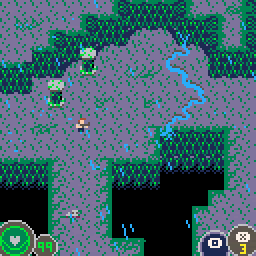 Spook and thunder
Spook and thunder
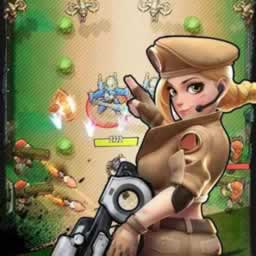 Stickman vs Zombies
Stickman vs Zombies
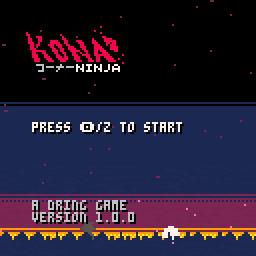 Kona Ninja
Kona Ninja
 Cursed Sword
Cursed Sword
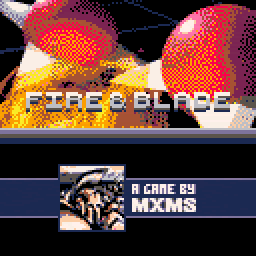 Fire amp Blade
Fire amp Blade
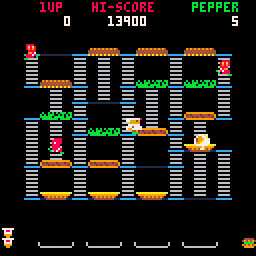 Burgertime Demake
Burgertime Demake
 Halloween Bubble Shooter
Halloween Bubble Shooter
 Christmas Bubble Shooter 2019
Christmas Bubble Shooter 2019
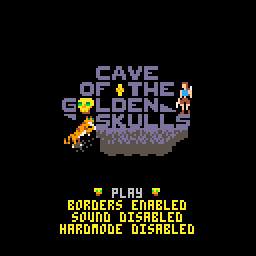 Cave of the Golden Skulls
Cave of the Golden Skulls
 Spin Master
Spin Master
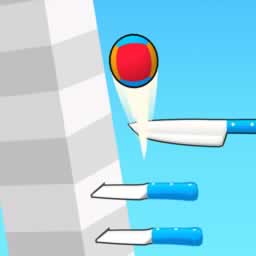 Throwing Knife
Throwing Knife
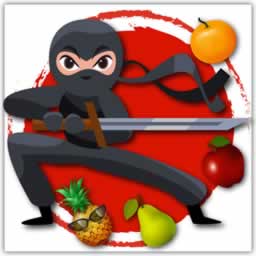 Fruit Slicing
Fruit Slicing
 Veggie Slice Frenzy
Veggie Slice Frenzy
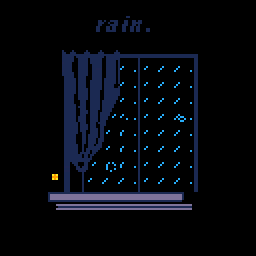 Rain A Sleep Aid
Rain A Sleep Aid
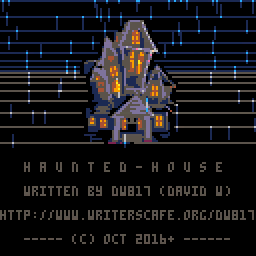 Mildew's Haunted House
Mildew's Haunted House
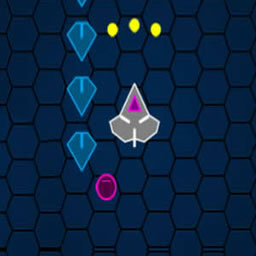 Cyber Shooting
Cyber Shooting
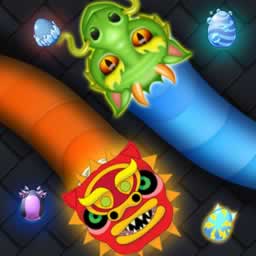 Slither Dragon.io
Slither Dragon.io
 Thunder Bella the Cloud Chaser
Thunder Bella the Cloud Chaser
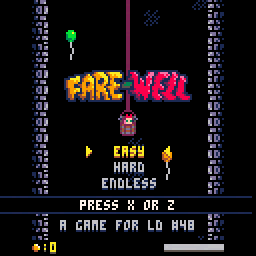 Fare Well
Fare Well
 SortPuz Water Sort Color Sorting Game
SortPuz Water Sort Color Sorting Game
 Word Search
Word Search
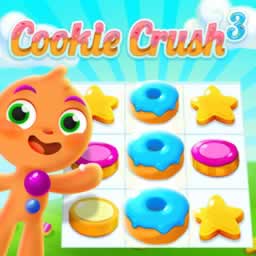 Cookie Crush 3
Cookie Crush 3
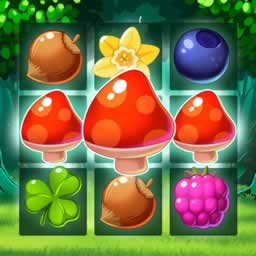 Forest Match
Forest Match
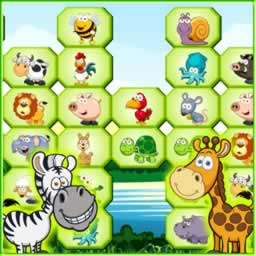 Jungle Mahjong Deluxe
Jungle Mahjong Deluxe
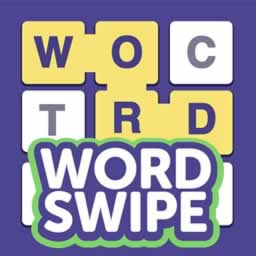 Word Swipe
Word Swipe
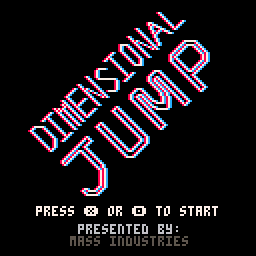 Dimensional Jump
Dimensional Jump
 Shadows of Dunwich 2.0
Shadows of Dunwich 2.0
 TRX (The Definitive Edition)
TRX (The Definitive Edition)
 The Snowman (Walking in the Air)
The Snowman (Walking in the Air)
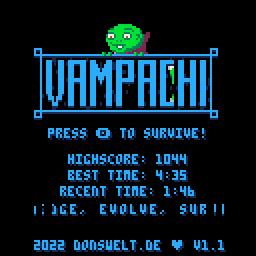 Vampachi
Vampachi
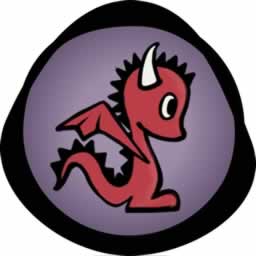 Run little dragon!
Run little dragon!
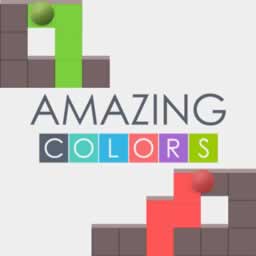 Amazing Colors
Amazing Colors
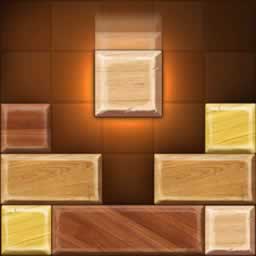 Block Slide Fall Down
Block Slide Fall Down
 Jewel Halloween
Jewel Halloween
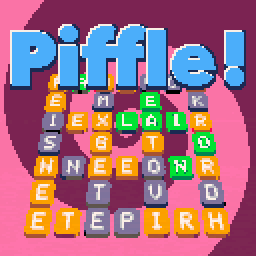 Piffle a puzzle word game 1.7
Piffle a puzzle word game 1.7
 Skyline
Skyline
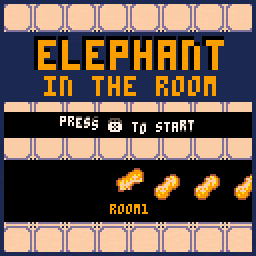 Elephant In The Room
Elephant In The Room
 Couple Travel Selfie
Couple Travel Selfie
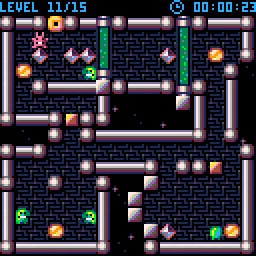 Puzzle Cave II - The Clone Potatoes
Puzzle Cave II - The Clone Potatoes
 Nemo's Snake
Nemo's Snake
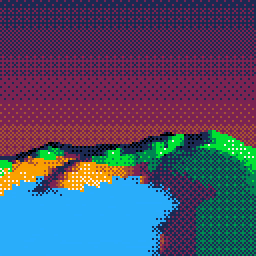 Terra Firma Flight Sim
Terra Firma Flight Sim
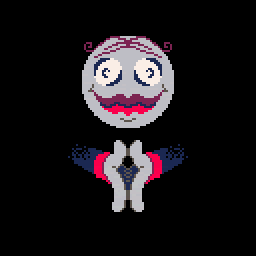 Not Enough - Ludum Dare 47
Not Enough - Ludum Dare 47
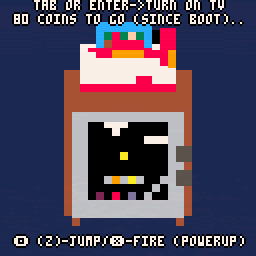 Jump Pixies (tinytvjam platformer)
Jump Pixies (tinytvjam platformer)
Thunder Blade (well level 1 at least...)
Back 30 years ago, After Burner and Thunderblade ruled the arcades.
As a kid, I only had an Amiga and near zero coding skills to produce very (very) weak clones.
Now a seasoned programmer with the mighty power of PICO-8, I can beat a Sega X board!
Well, err...:
Credits
•Chris Butler (player + tank sprites lifted from the C64 1989 version)
•gamax92 for midi to pico-8 program
•dw817 (david w) for image decompression code (http:writerscafe.orgdw817)
•pico-8 community
What's Missing
•gameplay tweaking...
•levels 2,3,4,5
•gazillions of buildings on screen!
Tech Details
Map:
Drawn using sprite sheet (2), you can tweak the level using colors:
4: tank
6,7,13: building
8: enemy helicopter
9: Battleship boss
10: swtich to chase mode
11: switch to top-down mode
15: end_game (use carrefully!)
Title screen:
Title image is loaded from a stringified image, decompression done 'asynchronously' with yield.
Main screen:
Buildings are mostly drawn with many rectfill using a big checkerboard pattern to simulate windowsfloors.
Everything is z-sorted (w actually ;) before being drawn. This 'zbuffer' is in charge of drawing every asset.
Game screen manager:
A light version of what I've extensively used during my XNA period. Allows nice decoupling between game loop and other loops (title, game over).
Coroutines:
Used only for rare events (like player dying) to easily control animation and state changes.
Lessons Learned
•PICO-8 is a fantastic platform. Forces you to keep things simple (say that to my dozen or so failed Unity attempts...)
•token count is everything
•Coroutines are unfortunately too slow to be used in the core game loop
•Throw OOP techniques out. The nice class:method() construct eats up too many tokens - had to rewrite half of the code to stays within the limits :[
•bnot-cheating the platform
